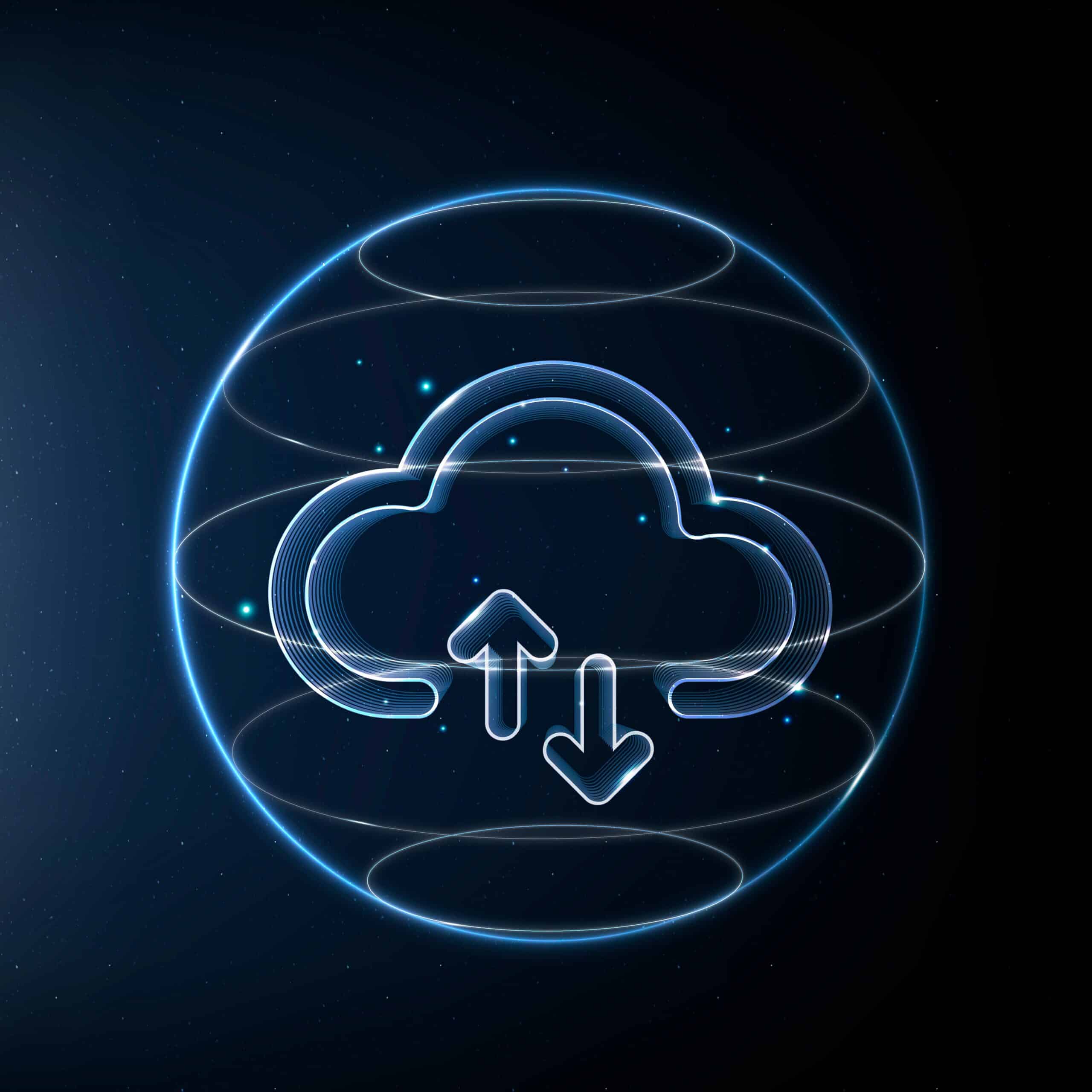Cloud Workload Protection (CWP)
What is Cloud Workload Protection (CWP)?
Cloud Workload Protection (CWP) is a set of cybersecurity practices, tools, and technologies designed to secure the workloads (applications, services, and processes) running in cloud environments. The term “workload” refers to the individual components of software applications or services, such as virtual machines, containers, serverless functions, and other instances that process data and perform tasks in a cloud infrastructure.
Cloud Workload Protection focuses on securing these workloads against various threats, vulnerabilities, and risks that can arise in cloud environments. The goal is to ensure that workloads are protected from unauthorized access, data breaches, malware, and other security incidents. CWP helps organizations maintain a strong security posture in their cloud environments, mitigating potential risks while enabling the benefits of cloud computing.
Key components of Cloud Workload Protection include:
1. Visibility and Inventory: CWP tools provide visibility into the workloads running in the cloud environment, helping organizations maintain an up-to-date inventory of all resources.
2. Vulnerability Management: CWP solutions assess the vulnerabilities present in workloads, applications, and underlying infrastructure components. They provide recommendations for applying patches and updates to address these vulnerabilities.
3. Configuration Management: CWP helps ensure that workloads are configured securely by assessing and enforcing security best practices, access controls, network settings, and encryption mechanisms.
4. Intrusion Detection and Prevention: CWP solutions monitor workloads for signs of unauthorized access or suspicious activities. They can detect and respond to potential threats in real-time, helping to prevent data breaches and unauthorized changes.
5. Malware Protection: CWP tools include capabilities to scan and protect workloads from malware, viruses, and other malicious software.
6. Network Security: CWP solutions help organizations secure network connections and communications between workloads. This includes setting up firewalls, intrusion prevention systems, and implementing network segmentation.
7. Behavioral Analysis: CWP tools analyze the behavior of workloads to identify deviations from normal activity patterns. This helps detect potential insider threats and advanced persistent threats.
8. Logging and Auditing: CWP solutions enable the collection and analysis of logs and audit trails, providing insights into security events, user activities, and potential security breaches.
9. Incident Response: In the event of a security incident, CWP tools assist with incident response by providing information about the affected workloads, potential attack vectors, and recommended actions for containment and remediation.
10. Compliance and Reporting: CWP solutions help organizations meet compliance requirements by ensuring that workloads adhere to industry regulations and security standards.
Cloud Workload Protection is a crucial aspect of cloud security, as workloads are the operational units that process data and provide services in the cloud. By implementing CWP practices and using specialized security tools, organizations can maintain a high level of security for their cloud-based workloads and effectively manage the associated risks.
FAQs
-
What is a benefit of cloud workload protection?
A cloud workload protection platform offers comprehensive visibility across various environments and streamlines the handling of security alerts through a unified dashboard.
-
What is cloud workload protection vs EDR?
Workload protection tailored for the cloud differs from traditional data center security approaches. In traditional data centers, EDR (Endpoint Detection and Response) primarily concentrates on physical and virtual endpoints and servers. However, in the cloud, workloads encompass VMs, containers, or serverless resources, leading to distinct attack surfaces and patterns compared to traditional on-premises infrastructure models.

